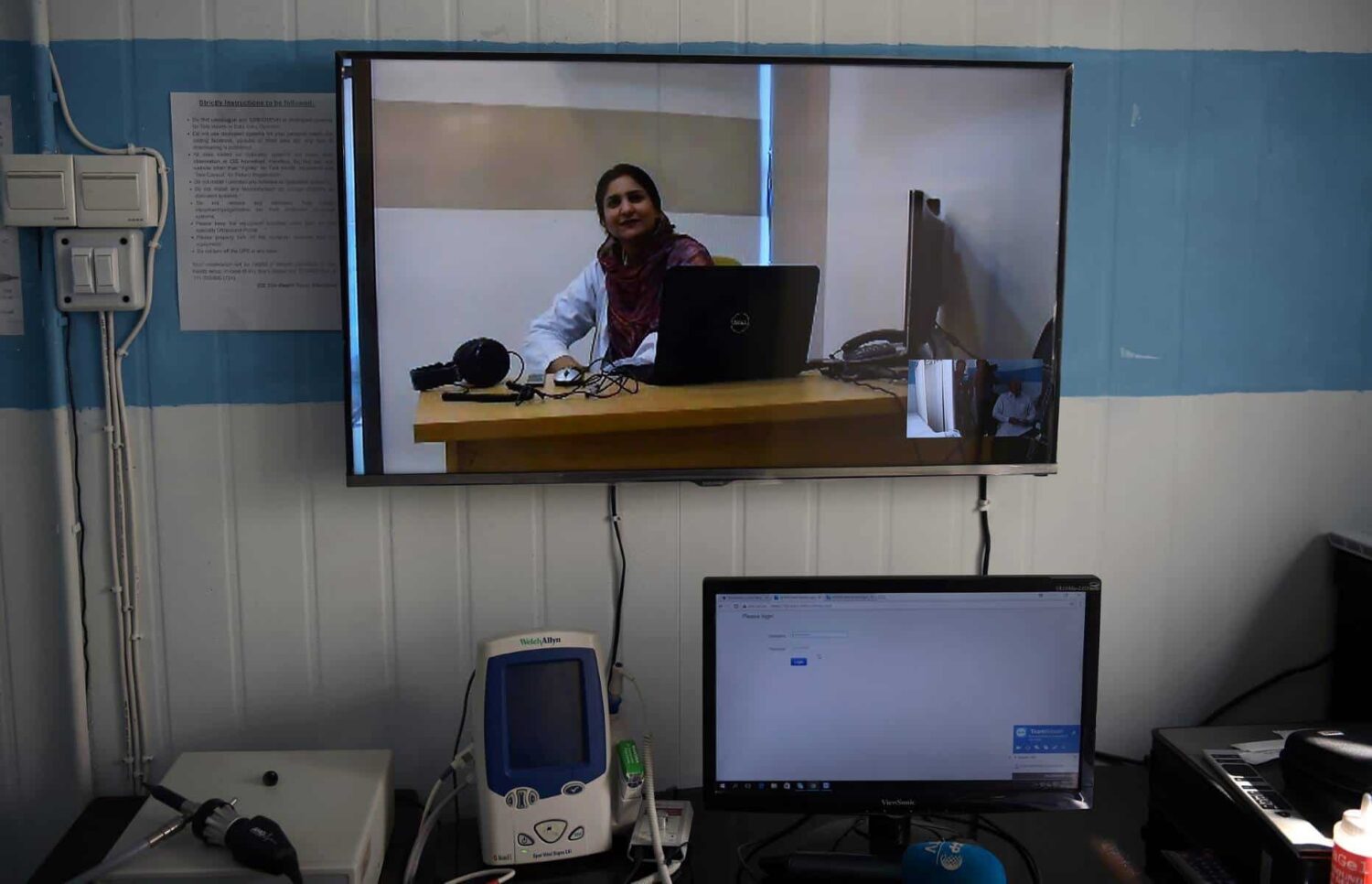With the onset of the Coronavirus disease (Covid-19), many aspects of our daily lives have been drastically changed, including how we approach healthcare.
Long before the booming days of the Unified Communications Platform, many private institutions launched their own version of the Telehealth platform (where patients can connect with physicians as well as other healthcare workers joining from anywhere in the world). However, the market’s appreciation of this platform did not develop until the pandemic arose. Today, digital health is already a cornerstone of developed health systems worldwide. The definition of the term is, however, broadly conceived.
Transforming the medical landscape
A vast majority of healthcare institutions adopted new telehealth solutions while others expanded their existing programs to ensure patient care continuity. In the UAE, the telehealth market is forecasted to reach over US$535.5 million by 2025, expanding at a CAGR of 25 percent from 2020 to 2025. The virtual visit market is expected to be the fastest growing segment with Telehealth spurred by an increasing number of employee health plans that have recently started offering these services as a member benefit.
An increasing number of healthcare organizations are now using high-quality video to:
- Provide care to patients directly in their home
- Enable providers to continue seeing patients while they keep their practices open
- Assemble a team of medical experts for consultation and collaboration
- Allow frontline healthcare workers to examine patients remotely to conserve PPE and reduce their risk of exposure
Bringing healthcare into the home
Using technology to reach people directly in their homes during the pandemic not only reduced coronavirus spread but also transformed how providers treat patients. Today, Telehealth has become a critical tool providing primary and urgent care for common ailments like colds and earaches, but also conducting mental health appointments. Moreover, telehealth has also proved extremely useful in triaging patients with specific symptoms from home, remotely monitoring patients with chronic conditions like heart disease or diabetes and supporting patients with weight management concerns or medication adherence.
Virtual visits have significantly contributed to reducing no-shows and appointment cancellations, which cost the industry billions of dollars a year. Furthermore, nearly 75% of telehealth patients reported high satisfaction with their experience.
Telehealth for inpatient care
During the pandemic, virtual rounding significantly reduced the number of frontline workers entering a patient’s room by enabling doctors to see and treat patients from the hallway using mobile devices. In the most challenging situations, like end-of-life care, video communications let family members spend precious time with their loved ones in the hospital.
Other telehealth benefits
Expanding telehealth helped enhance public health systems and increase health equity by reaching populations that have been underserved or have struggled to gain access to care for a long time. Patients in rural locations, those without reliable transportation or the ability to take time off work, and those with medical conditions that make it challenging to leave the house can now receive care at their convenience.
In addition to facilitating the delivery of quality treatment, telehealth has altered the competitive landscape of private healthcare, allowing providers to offer more people cost-effective, convenient care. This creates new revenue sources while allowing providers to save money, address resource shortages, and maintain a competitive advantage in a healthcare market dominated by consumers.
Sam Tayan is Head of MENA at Zoom.
The opinions expressed are those of the author and may not reflect the editorial policy or an official position held by TRENDS.








